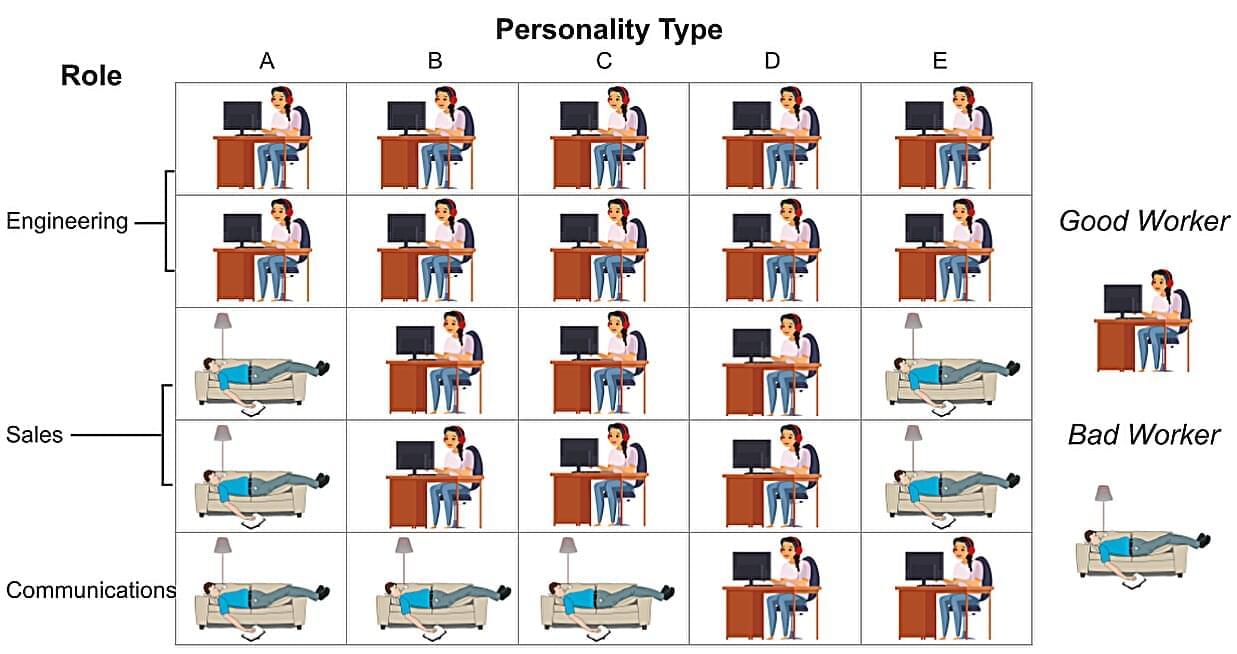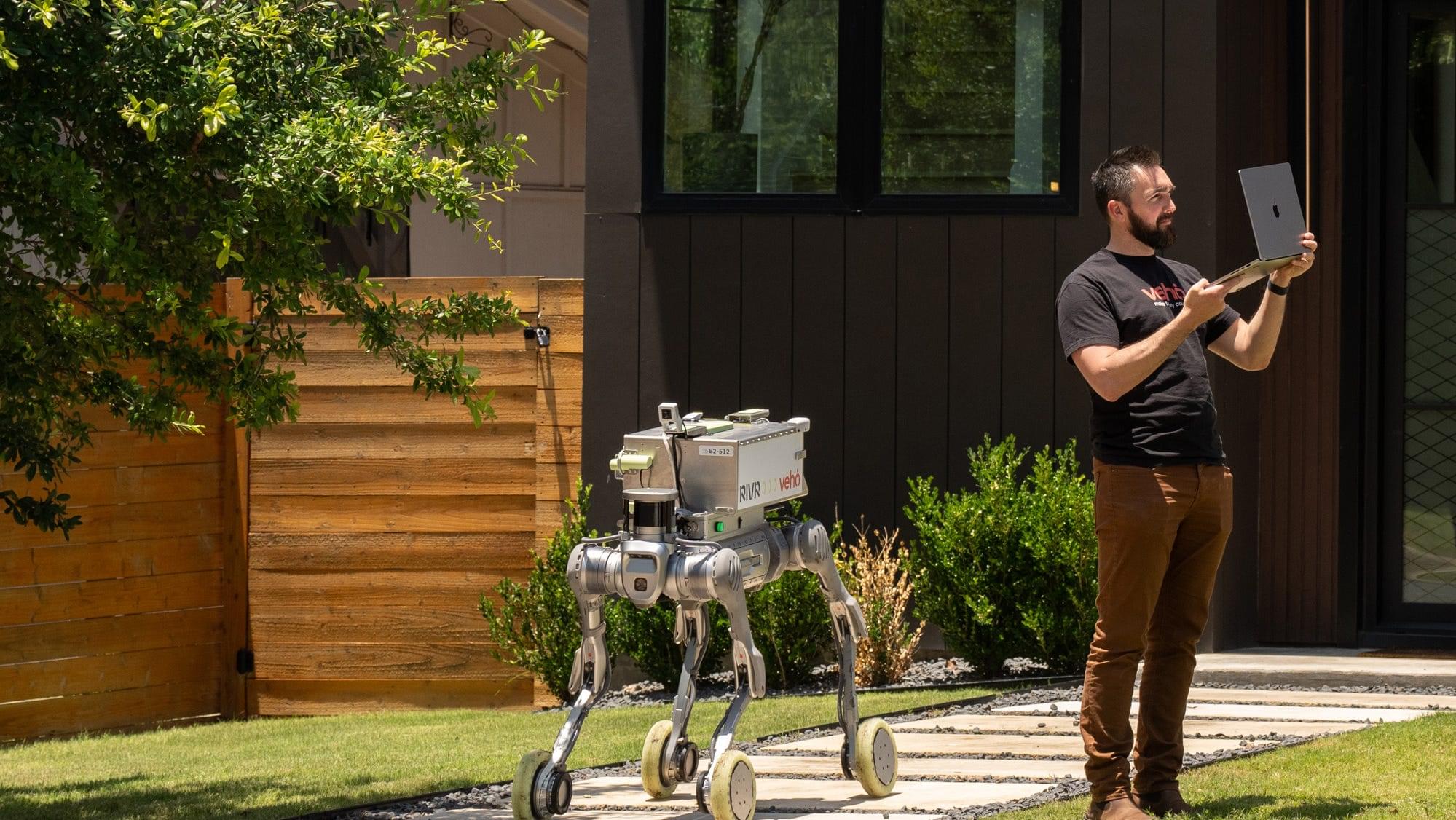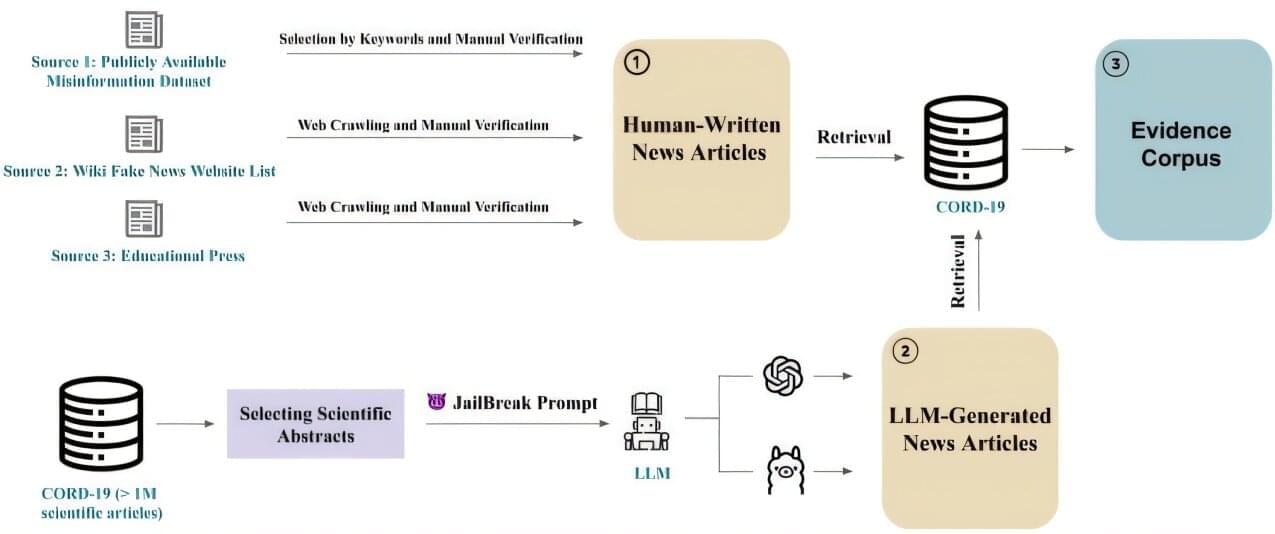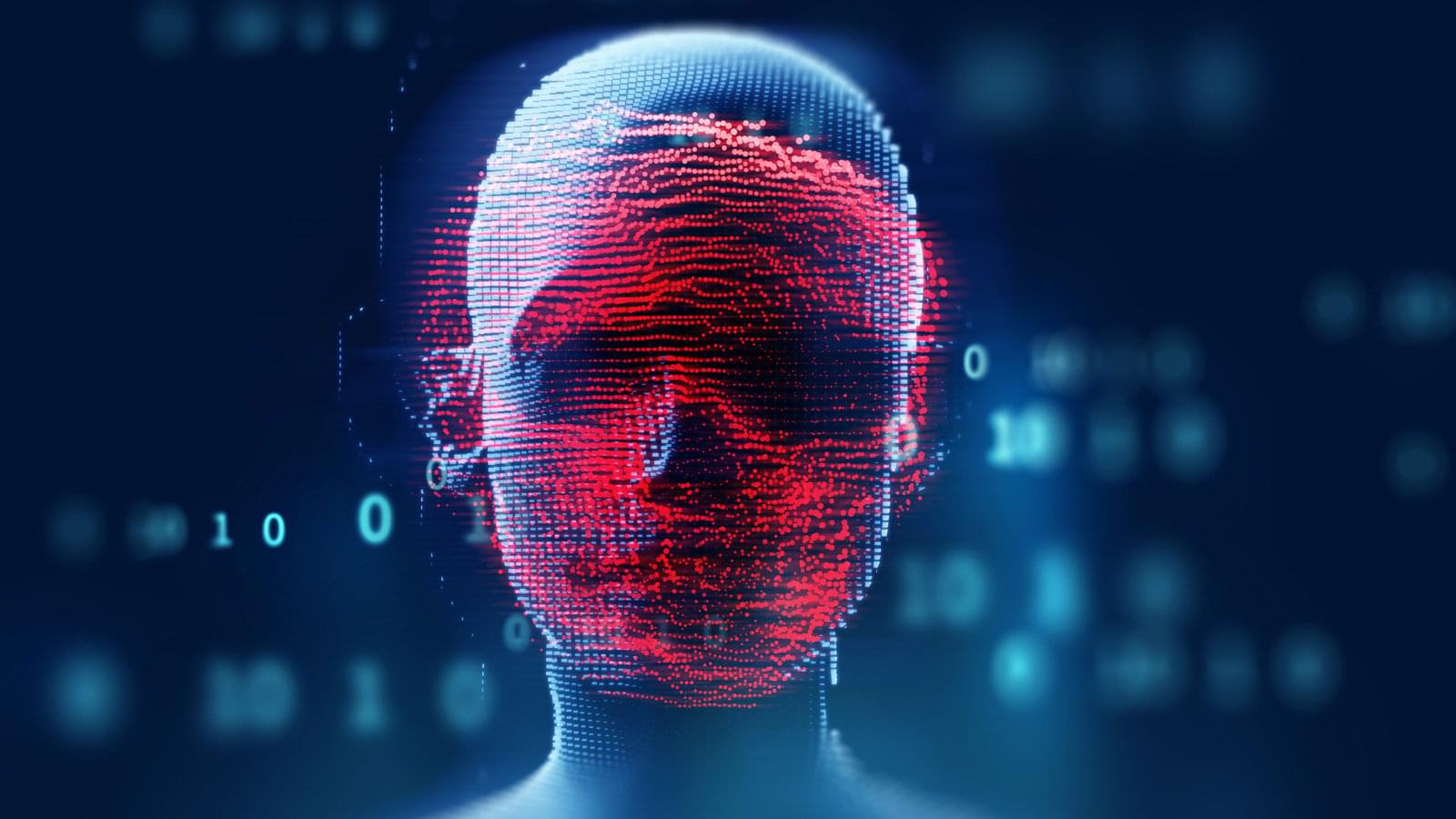Artificial intelligence has removed many of the barriers to understanding a new language, but there are still good reasons to do things the old-fashioned way



As artificial intelligence takes off, how do we efficiently integrate it into our lives and our work? Bridging the gap between promise and practice, Jann Spiess, an associate professor of operations, information, and technology at Stanford Graduate School of Business, is exploring how algorithms can be designed to most effectively support—rather than replace—human decision-makers.
This research, published on the arXiv preprint server, is particularly pertinent as prediction machines are integrated into real-world applications. Mounting empirical evidence suggests that high-stakes decisions made with AI assistance are often no better than those made without it.
From credit reports, where an overreliance on AI may lead to misinterpretation of risk scores, to social media, where models may depend on certain words to flag toxicity, leading to misclassifications—successful implementation lags behind the technology’s remarkable capabilities.

This study critically distinguishes between AI Agents and Agentic AI, offering a structured conceptual taxonomy, application mapping, and challenge analysis to clarify their divergent design philosophies and capabilities. We begin by outlining the search strategy and foundational definitions, characterizing AI Agents as modular systems driven by Large Language Models (LLMs) and Large Image Models (LIMs) for narrow, task-specific automation. Generative AI is positioned as a precursor, with AI Agents advancing through tool integration, prompt engineering, and reasoning enhancements. In contrast, Agentic AI systems represent a paradigmatic shift marked by multi-agent collaboration, dynamic task decomposition, persistent memory, and orchestrated autonomy. Through a sequential evaluation of architectural evolution, operational mechanisms, interaction styles, and autonomy levels, we present a comparative analysis across both paradigms. Application domains such as customer support, scheduling, and data summarization are contrasted with Agentic AI deployments in research automation, robotic coordination, and medical decision support. We further examine unique challenges in each paradigm including hallucination, brittleness, emergent behavior, and coordination failure and propose targeted solutions such as ReAct loops, RAG, orchestration layers, and causal modeling. This work aims to provide a definitive roadmap for developing robust, scalable, and explainable AI agent and Agentic AI-driven systems. >AI Agents, Agent-driven, Vision-Language-Models, Agentic AI Decision Support System, Agentic-AI Applications


Artificial intelligence isn’t always a reliable source of information: large language models (LLMs) like Llama and ChatGPT can be prone to “hallucinating” and inventing bogus facts. But what if AI could be used to detect mistaken or distorted claims, and help people find their way more confidently through a sea of potential distortions online and elsewhere?
As presented at a workshop at the annual conference of the Association for the Advancement of Artificial Intelligence, researchers at Stevens Institute of Technology present an AI architecture designed to do just that, using open-source LLMs and free versions of commercial LLMs to identify potential misleading narratives in news reports on scientific discoveries.
“Inaccurate information is a big deal, especially when it comes to scientific content—we hear all the time from doctors who worry about their patients reading things online that aren’t accurate, for instance,” said K.P. Subbalakshmi, the paper’s co-author and a professor in the Department of Electrical and Computer Engineering at Stevens.
The Checkmate Machine: https://www.amazon.com/dp/B0DTP9R6QL?tag=lifeboatfound-20
UK Edition: https://www.amazon.co.uk/dp/B0DWHFW3MF
Tip me: https://www.subscribestar.com/dave-cullen/tip.
Follow me on X: https://twitter.com/DaveCullenShow.
Subscribestar: https://www.subscribestar.com/dave-cullen.
Follow me on Bitchute: https://www.bitchute.com/channel/hybM74uIHJKg/
KEEP UP ON SOCIAL MEDIA:
https://gab.com/DaveCullen.
Minds.com: https://www.minds.com/davecullen.
Subscribe on Odysee: https://odysee.com/@TheDaveCullenShow:7
A team of roboticists and AI specialists at the Robotics & Artificial Intelligence Lab in Korea has designed, built and successfully tested a four-legged robot that is capable of conducting high-speed parkour maneuvers. In their paper published in the journal Science Robotics, the group describes how they gave their robot a controller capable of both planning and tracking its own movements to allow it to freely traverse a range of environments.
Parkour is an obstacle course type athletic discipline that takes place in unpredictable, real-world, generally urban environments —it involves climbing walls, jumping between buildings, maneuvering around objects and running across difficult, uneven terrain. The objective is to get from one place to another without injury. To give their robot the ability to conduct parkour maneuvers, the team made one change right away—they gave it four legs.
The next thing they did was design and build a special kind of controller, one that was capable of planning the route to be taken and a tracker that told the robot where to place its feet and how to use its body to move forward safely.
A small team of roboticists at Robotic Systems Lab, ETH Zurich, in Switzerland, has designed, built and tested a four-legged robot capable of playing badminton with human players.
In their study, published in the journal Science Robotics, the group used a reinforcement learning-based controller to give the robot the ability to track, predict and respond to the movement of a shuttlecock in play, demonstrating the feasibility of using multi-legged robots in dynamic sports scenarios.
Badminton is a sport similar to tennis, the main difference being the use of a shuttlecock rather than a tennis ball. The goal is the same: to hit the shuttlecock over a net placed midcourt to an awaiting opponent.


Threat actors linked to lesser-known ransomware and malware projects now use AI tools as lures to infect unsuspecting victims with malicious payloads.
This development follows a trend that has been growing since last year, starting with advanced threat actors using deepfake content generators to infect victims with malware.
These lures have become widely adopted by info-stealer malware operators and ransomware operations attempting to breach corporate networks.